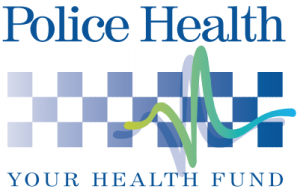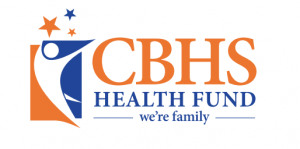Dr. Aubrey Monie Ph.D., B.Sc. Physio. teaches a Hamstring Stretch with reciprocal inhibition
Dr. Aubrey Monie Ph.D., B.Sc. Physio. teaches a Hamstring Stretch with reciprocal inhibition
Dr. Aubrey Monie Ph.D., B.Sc. Physio. teaches a Hamstring Stretch with reciprocal inhibition
Dr. Aubrey Monie Ph.D., B.Sc. Physio teaches his Quadricep Stretch
“I’ve been rolling my ITB”… Hmmm! Imagine your thigh muscles wrapped in glad wrap. Well, under your skin and subcutaneous fat, your thigh muscles have
Ice for injuries – for swelling, pain, or both? In general, ice/cold, is for PAIN. The cold is a counter-irritant. Does it really decrease swelling?
Danielsson et al., (2020) in BioMed Central [BMC Musculoskeletal Disorders] reviewed 26 studies on the mechanism of hamstring injuries. They conclude that the stretch-type injury
In a recent publication by the British Journal of Sports Medicine, Van Ierssel et al., (Oct 2020) report, Concussion risk in children and adolescents aged 5–18 years?
View Poster Joint Position Sense (JPS) of the shoulder as determined by repeated repositioning tasks has been performed under different constrained testing conditions. The variability
View PDF document
Download PDF document
Download PDF
Acupuncture or Dry Needling? Same needle, different goal. After decades of research and hundreds of pain trials, including thousands of patients, there is still insufficient
By Sarah Brook, Physiotherapist at our Manning practice.
5 key points on proximal hamstring injuries:
References:
1. Askling C., Types of hamstring injuries in sports. British Journal of Sports
Medicine 2011;45:e2.
2. Vila Pouca, M. C. P., Parente, M. P. L., Jorge, R. M. N., & Ashton-Miller, J. A. (2021). Injuries in
Muscle-Tendon-Bone Units: A Systematic Review Considering the Role of Passive Tissue Fatigue. Orthopaedic journal of sports medicine, 9(8), 23259671211020731.
3. Beltran, L., Ghazikhanian, V., Padron, M., & Beltran, J. (2012). The proximal hamstring muscle-
tendon-bone unit: a review of the normal anatomy, biomechanics, and pathophysiology. European journal of radiology, 81(12), 3772–3779. https://doi.org/10.1016/j.ejrad.2011.03.099
4. Looney, A. M., Day, H. K., Comfort, S. M., Donaldson, S. T., & Cohen, S. B.
(2023). Proximal Hamstring Ruptures: Treatment, Rehabilitation, and Return to Play. Current reviews in musculoskeletal medicine, 16(3), 103–113. https://doi.org/10.1007/s12178-023-09821-7
Our combined qualifications and knowledge include; Ph.D.(low back pain), Master of Manual Therapy, Master of Medical Science (shoulder thesis), Grad. Dip. Sports Manual Therapy, B.Sc. Physiotherapy, and Myofascial Dry Needling (all therapists), Pilates, Personal Training, Former Teaching Fellow for the centre for Musculoskeletal Studies (UWA), Musculoskeletal clinical assessor for the Australian Physiotherapy Council.
Book an appointment with us today via our online link (below) or call us on 9317 7007 or 9313 3999











